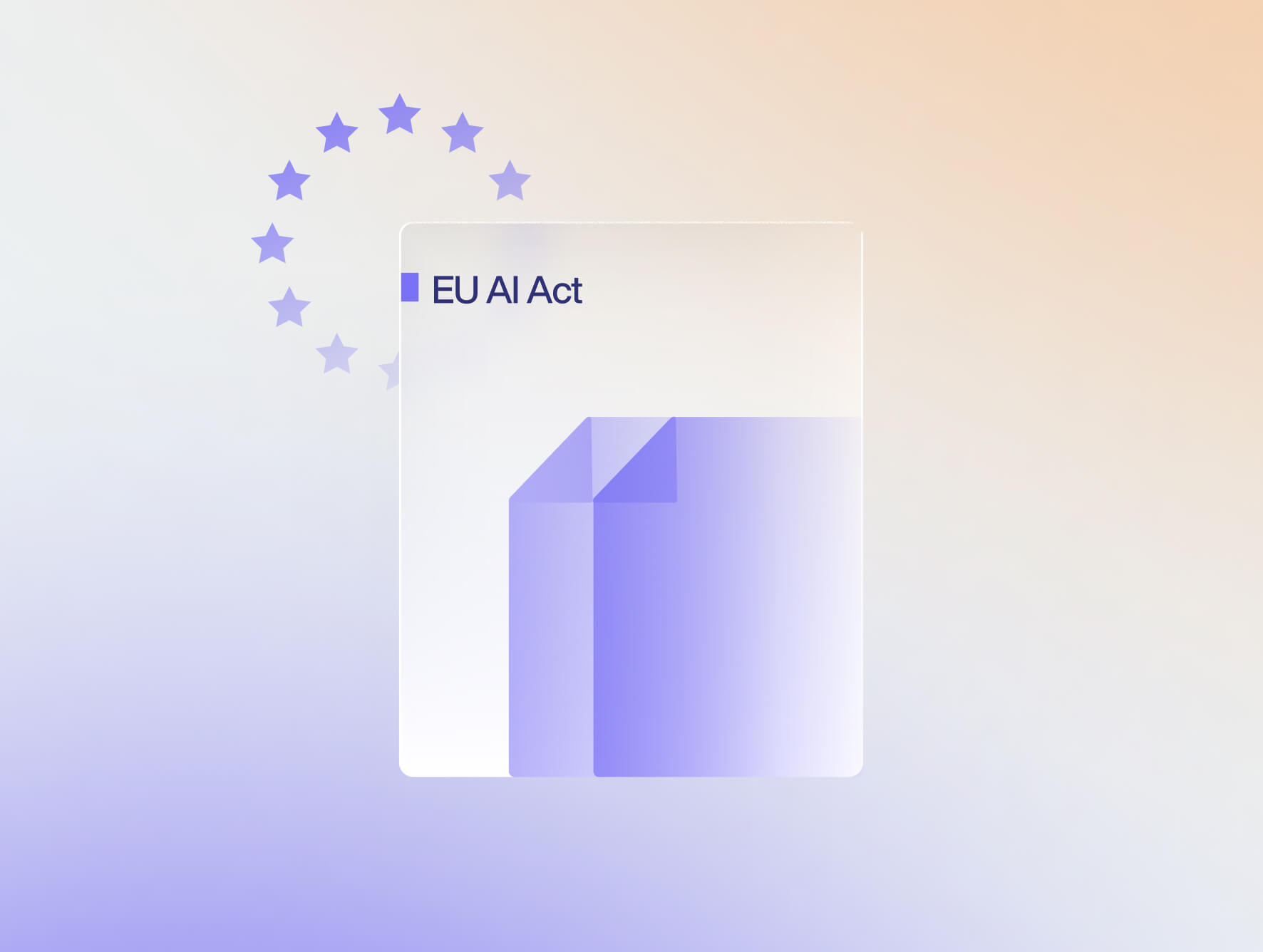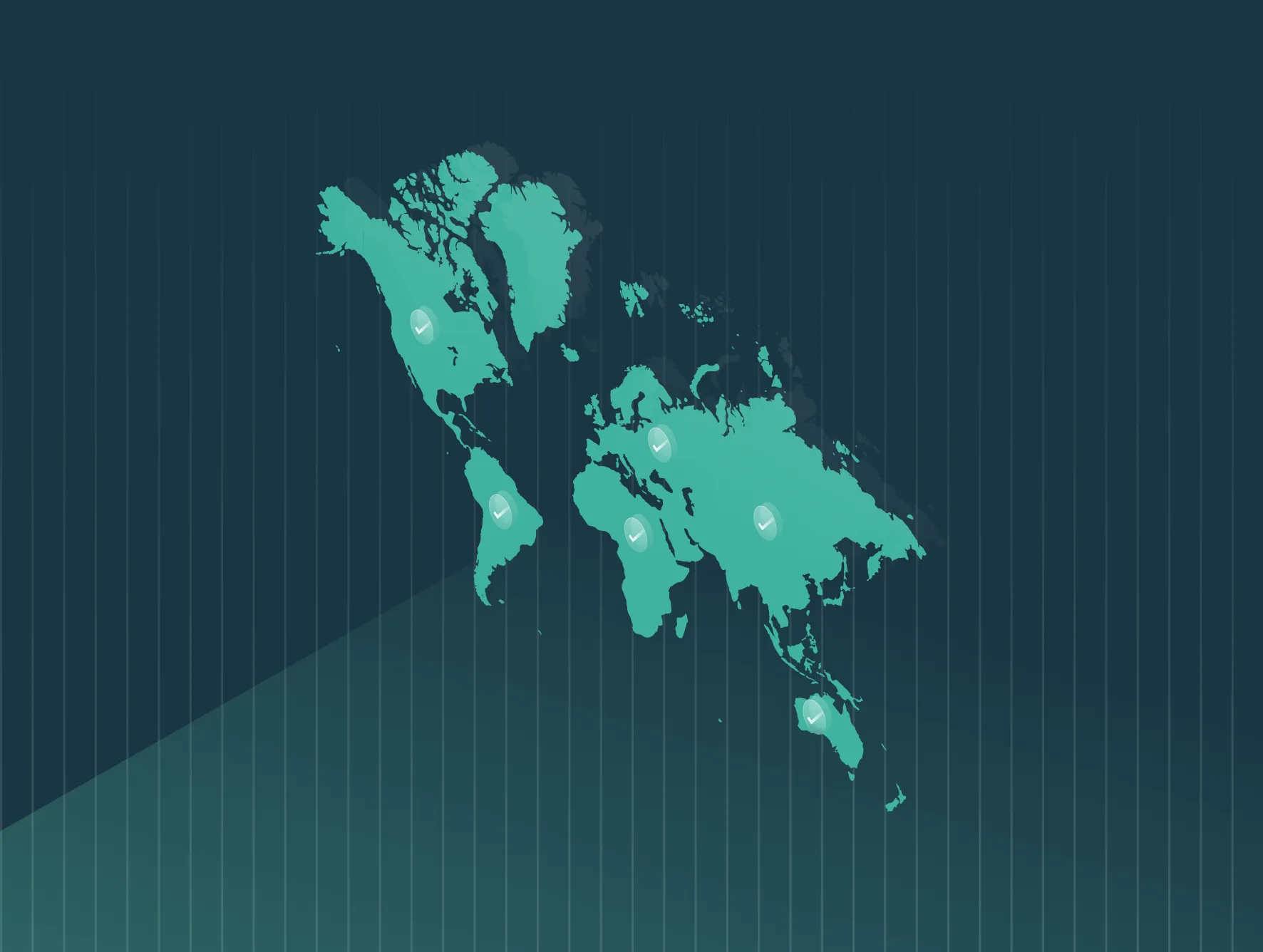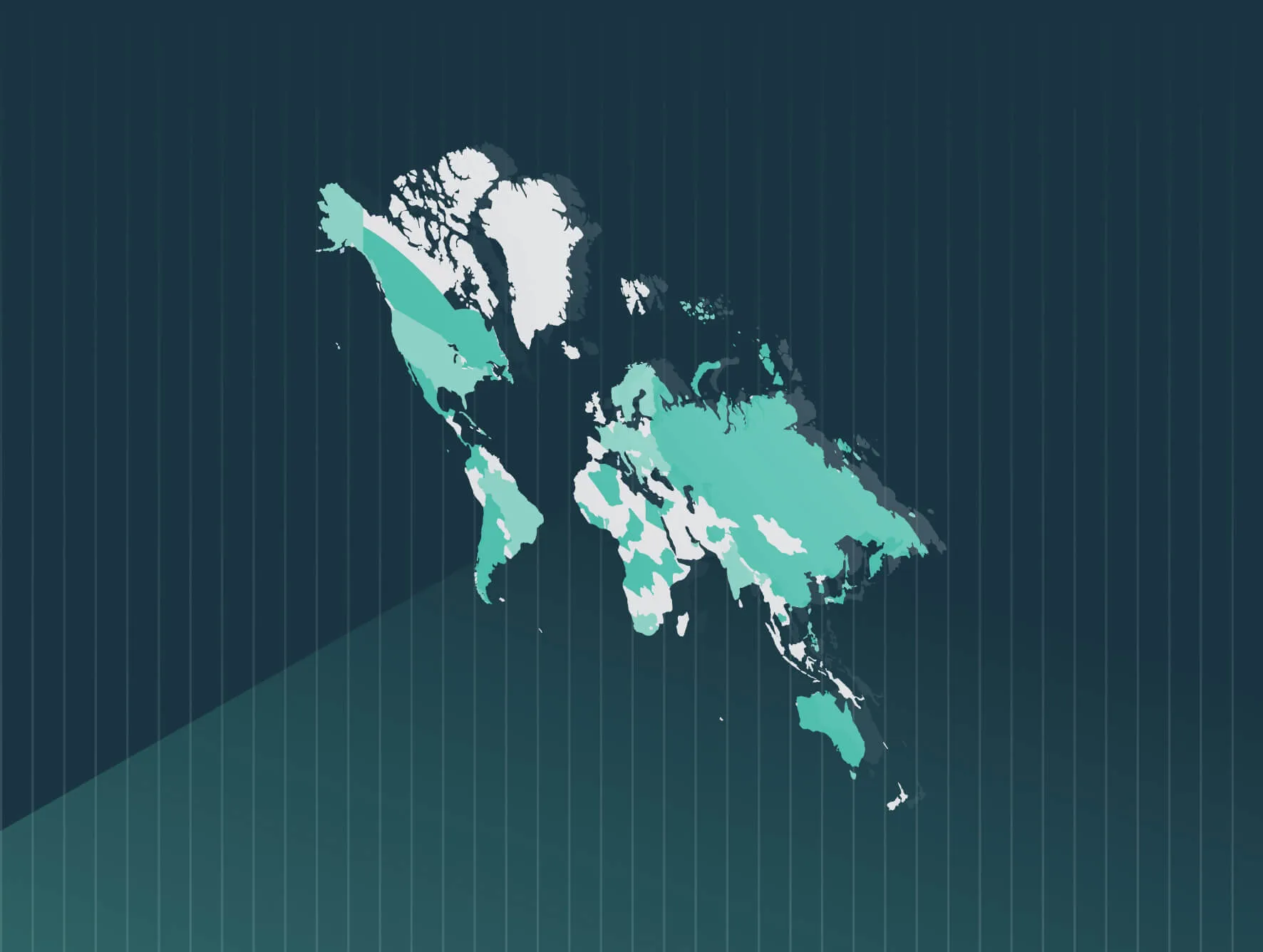The impetus for the EU Pay Transparency Directive was to address the 12.7% gender pay gap in the European Union. Iceland is a member of the EEA and single market, but not an EU member. However, Icelandic employers with operations or employees in EU member states will be required to comply with the EU Directive.
Currently, Icelandic companies and institutions with an average of 25 or more employees must obtain Equal Pay Certification. Organizations with an average of 25 to 49 employees may instead opt to receive Equal Pay Confirmation. Both must be updated every three years.
Under Icelandic law, employees are entitled to equal pay for the same work or work of equal value. In 2018, Iceland became the first country in the world to require employers to legally prove they are not paying people differently due to gender. Gender refers to “women, men, and persons whose gender is registered as neutral in Registers Iceland.”
At 9.1%, Iceland’s gender pay gap is below the EU average but sectors including finance (at 26.2%) have a significantly higher pay gap. The World Economic Forum’s Global Gender Gap Report 2024 ranks Iceland in first place for the 15th consecutive year.
Icelandic employers with operations in the EU will need to begin updating their HR policy and practices to prepare for the more extensive requirements of the upcoming EU Directive.
Quick Action Items for Iceland Employers
Iceland is the most gender-equal country in the world, but its gender pay gap is seen as one of its weaker points. Thus, Icelandic employers operating in the EU are unlikely to be prepared for the frequency of in-depth reporting required by the EU Directive. Items to consider include:
- Providing sufficient salary range information to job candidates. Iceland currently has no requirements to post salary information in job listings, however, all job vacancies must be made equally accessible to women, men, and gender-neutral individuals.
- Not asking job candidates about their salary history.
- Yearly pay gap reporting and acting when it exceeds 5%. Employers in Iceland are only required to report on compensation every three years.
- Accounting for intersectional discrimination in pay practices and considering needs of workers with disabilities.
The EU Directive deliberately uses the wider term of “worker” versus “employee” to account for contractors.
Eliminate the Complexities of Regulatory Pay Transparency Reporting
Icelandic employers with operations in the EU should proactively evaluate their current pay practices and overall compensation philosophy. Employers can lean on pay equity software solutions to expedite this process and determine root causes of potential pay disparities.
In effect, by 2026, all large employers (250+ employees) must report gender pay gaps. By 2031, all smaller employers (100 or more employees) will have to comply.
Iceland Employers’ Current Requirements
As detailed above, Iceland’s gender pay gap reporting falls into two categories:
- Organizations with 25 or more employees must obtain Equal Pay Certification.
- Companies with 25 to 49 employees may choose instead to receive Equal Pay Confirmation.
Equal Pay Certification is obtained when employers meet the requirements of Iceland’s Equal Pay Standard (Standard IST 85). Jobs are classified according to role requirements but employers have the flexibility to set their own criteria, including factors such as employee experience and skills.
The employer’s equal pay system is reviewed by an independent auditor who then issues an Equal Pay Certificate. If certification is not achieved, amendments may be requested by the Directorate of Equality.
Access Iceland’s Regulatory Pay Transparency Reporting Guide
Equal Pay Confirmation: Equal Pay Confirmation is received following the submission of documentation that shows an employer’s equal pay system is non-discriminatory. A plan for improvement is required if pay disparities are found. Equal Pay Confirmation is received from the Directorate of Equality.
Both Equal Pay Certification and Equal Pay Confirmation requirements are reviewed every three years. Employers are responsible for ensuring Equal Pay Certification is renewed.
Complying with the EU Directive
The EU Pay Transparency Directive was approved in 2023, establishing a clear framework for EU member states to apply the principle of equal pay for equal work or work of equal value.
EU member states have three years from June 7, 2023, to transpose the directive into law. Likely implementation dates are 2026, however, some countries may enact legislation earlier. The first large organizations will need to submit pay data reports by June 6, 2027.
The EU Pay Transparency Directive establishes minimum standards. Member states may implement more stringent measures or adapt existing requirements to comply.
Icelandic organizations with operations or employees in EU countries can act now to ensure compliance by reviewing hiring processes to comply with pay transparency requirements and create equitable, explainable and competitive salary ranges.
Other items include:
- Pay explainability: Prepare to explain how you differentiate and define performance in setting base salaries. Pay transparency legislation means workers must be given access to criteria used to define salary and pay raises.
- Analyze pay gaps: Identify the causes where pay disparities exceed 5%. If there is no objective justification, we recommend addressing any anomalies to remove those unexplained gaps. In cases of alleged pay discrimination, the burden of proof shifts to the employer.
- I ntersectional pay equity audit. Intersectionality is essential to close the gender pay gap. It recognizes that individuals can experience discrimination and inequality based on the intersection of multiple identities, such as race, gender, disabilities, age, and more.
Trusaic is GDPR compliant and can assist any organization in any EU state in meeting its obligations under both the EU Corporate Sustainability Reporting Directive and the EU Pay Transparency Directive.









